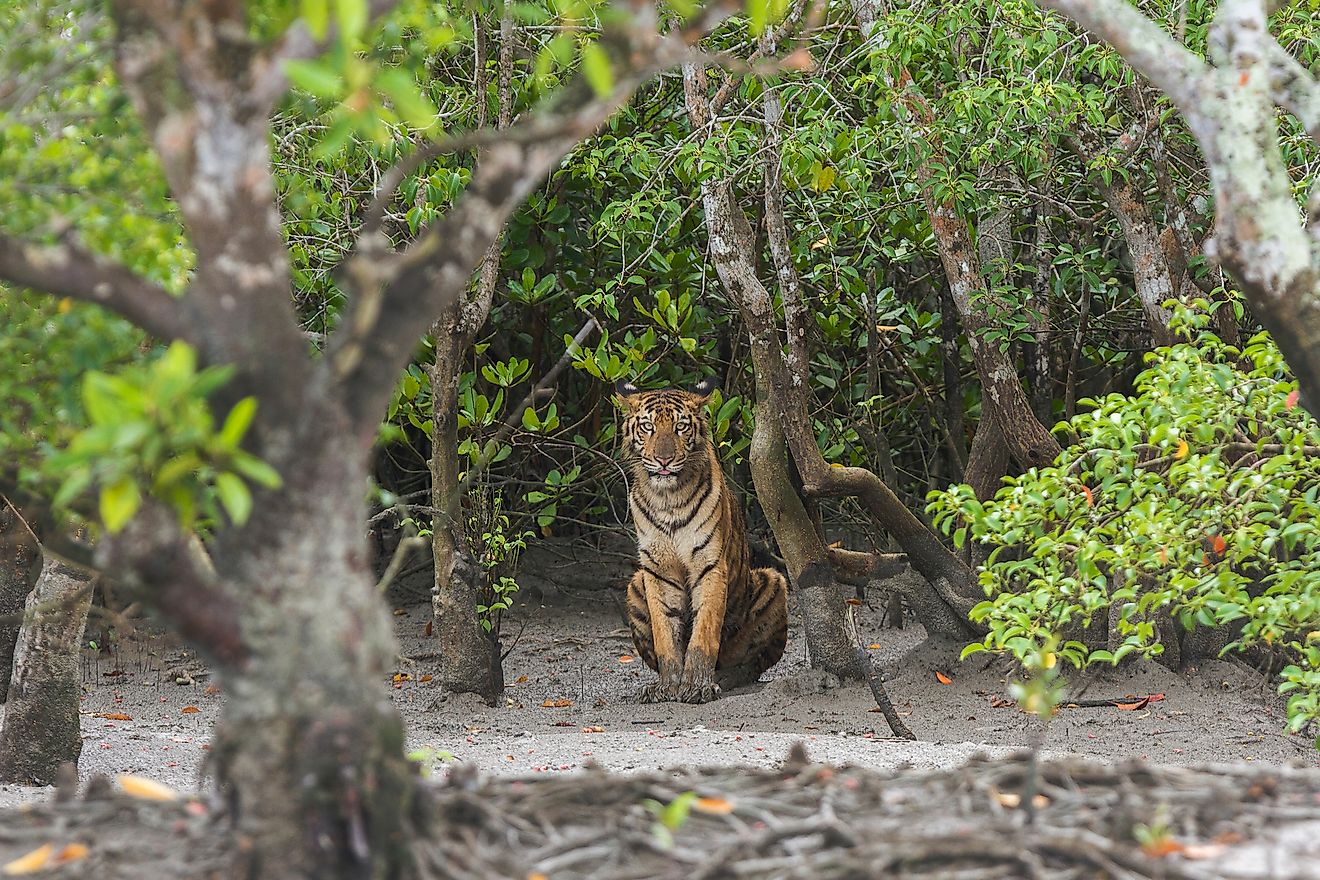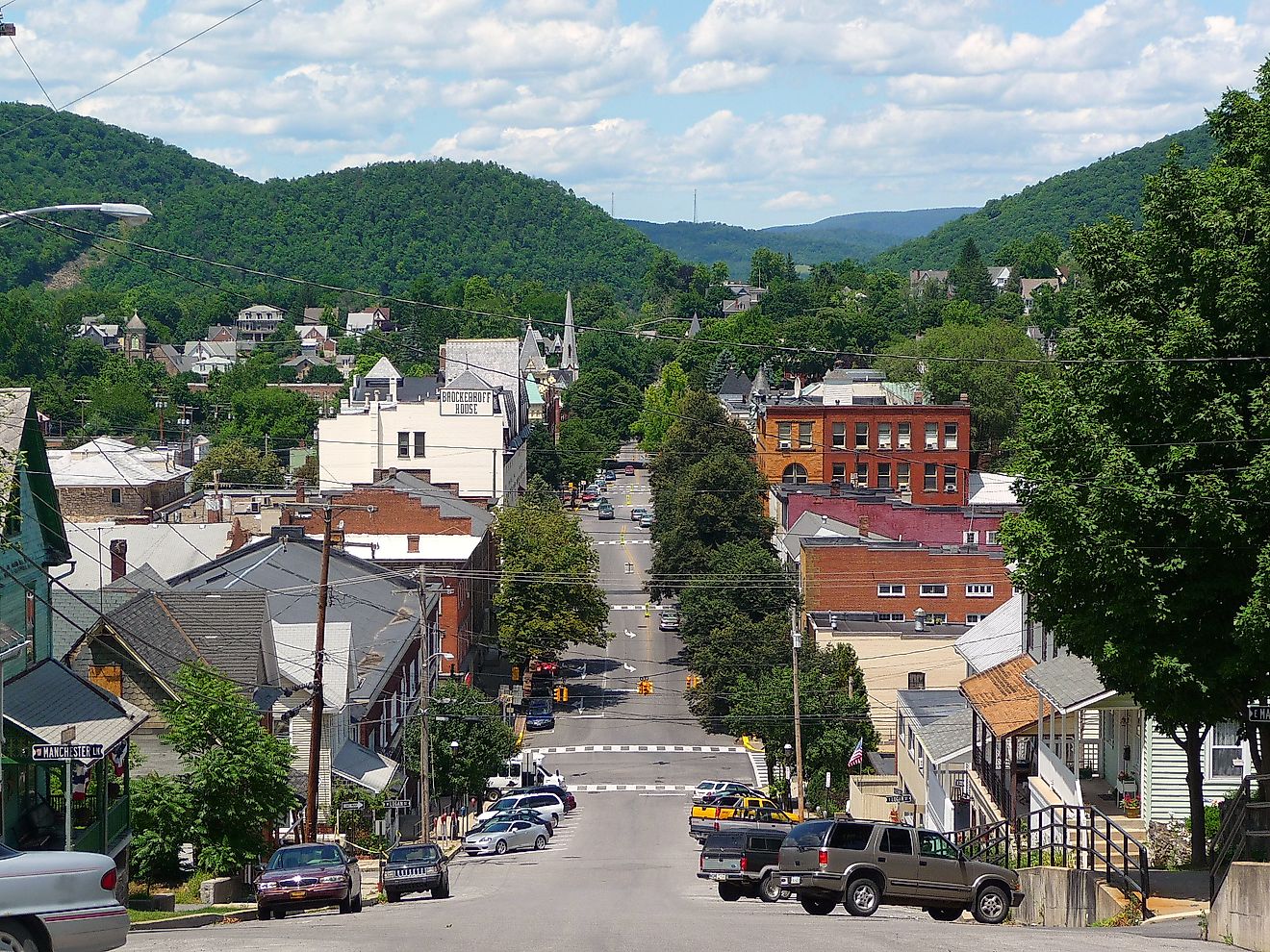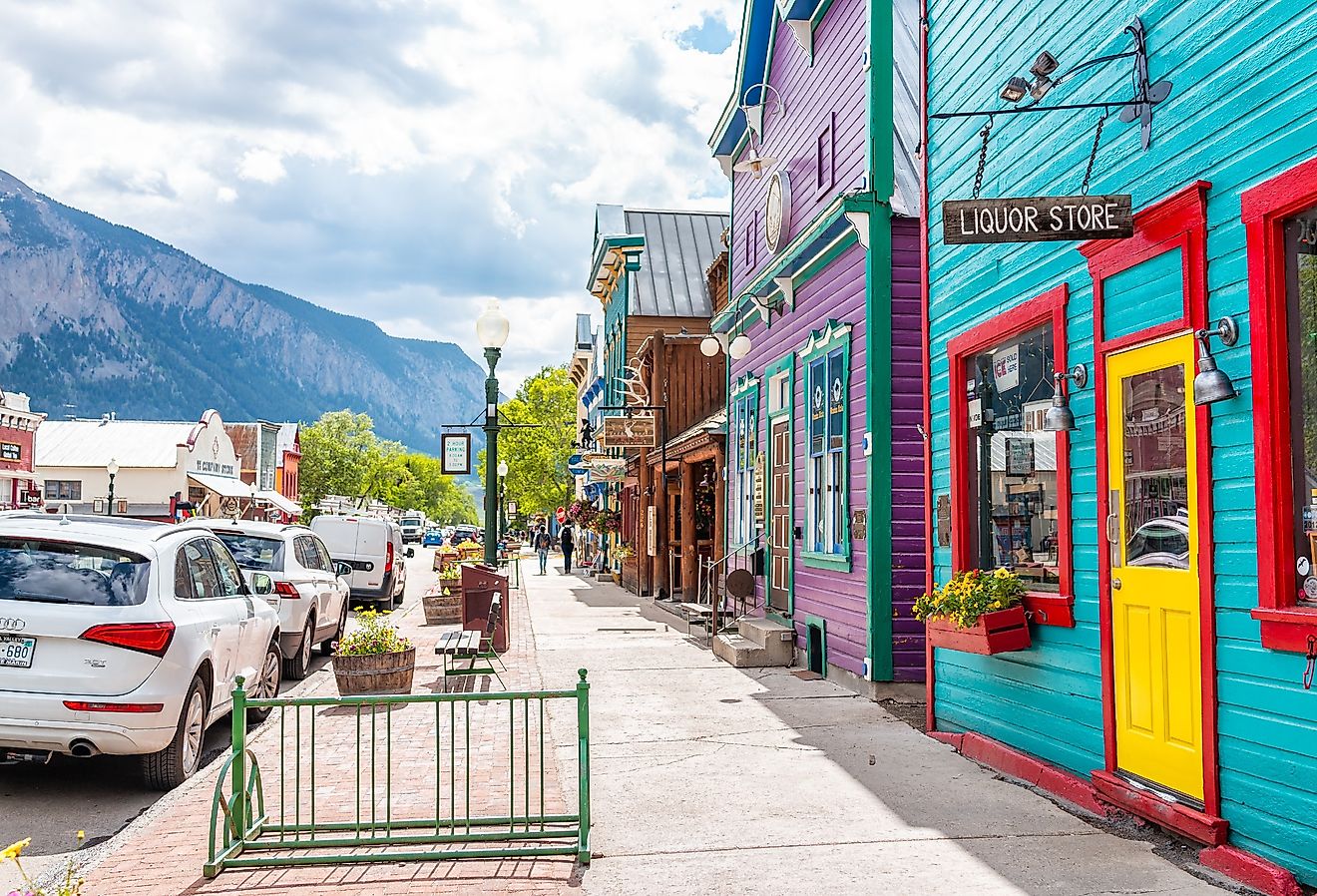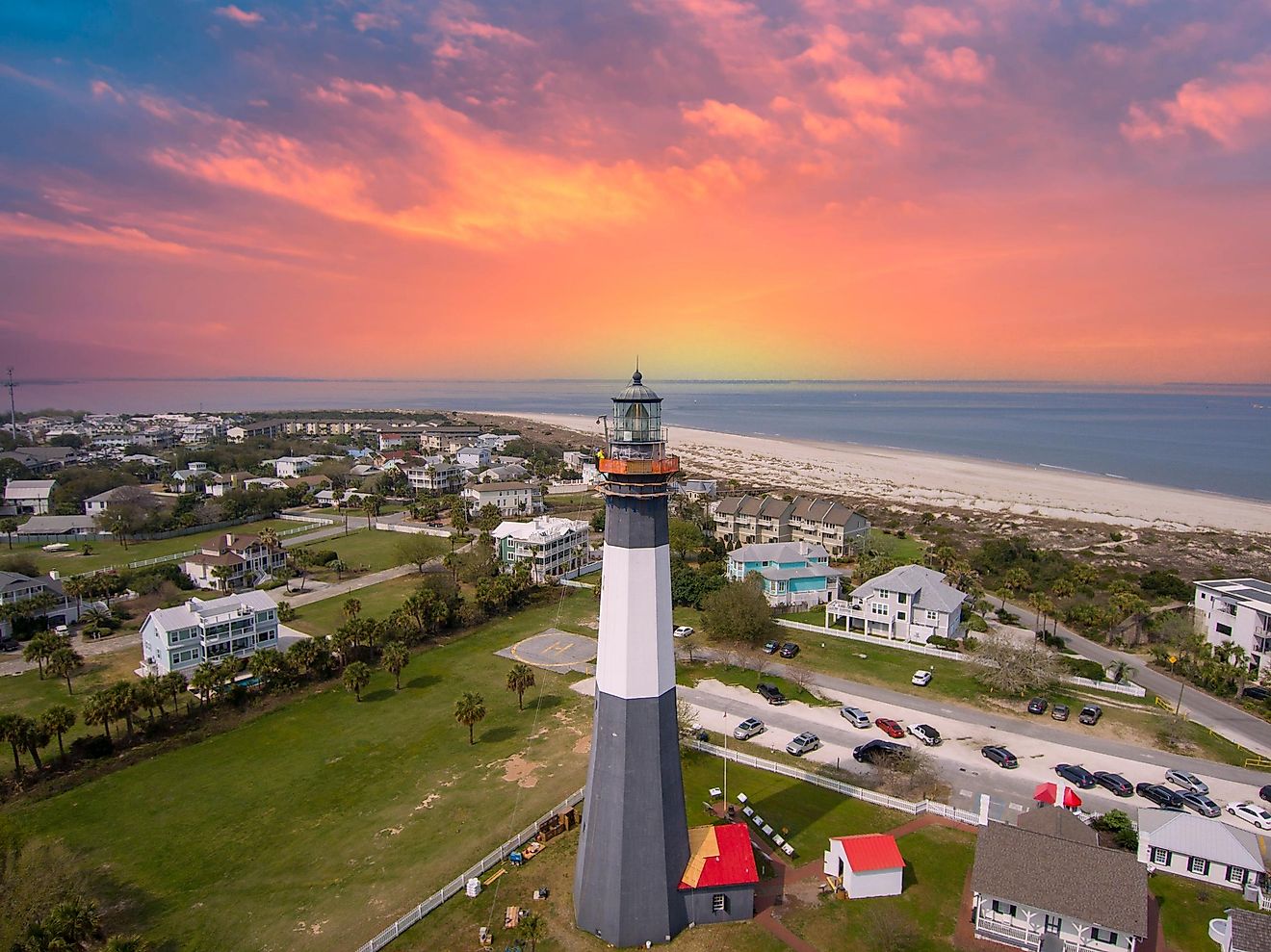Mangrove Forest

Mangrove forests are ecosystems found along tropical coastlines with brackish or saline waters. The term mangrove refers to any certain shrubs and trees that primarily belong to the families Rhizophoraceae, Acanthaceae, Aceraceae, and Combrestaceae which grow in dense thickets along salty marshes, tidal estuaries, and muddy coastlines. They occur worldwide within the tropic and subtropic regions between latitudes 25° N and 25° S. It is estimated that mangrove forests cover a total area of 53,200 square miles spread across 118 countries globally. There are about 110 species considered to be mangroves in the sense that they grow in saline swamps but only a few being from the genus Rhizophora of true mangroves.
Contents:
- Geographical Spread
- Conditions Required For Growth
- Characteristics
- Adaptations
- Flora And Fauna
- Importance
- Threats
- Conservation Efforts
Geographical Spread

Mangrove forests are found in about 118 countries and territories within tropic and subtropic regions worldwide. Approximately 75% of the global mangroves are found in 15 countries with Asia having the highest cover at 42% followed by Africa at 21%, then Northern, Central America, and the Caribbean covering 15%, Oceania at 12%, and South America 11%. In the eastern parts of Australia, some species of mangroves grow far south between latitude 32 and 38 degrees in the Atlantic.
Conditions Required For Growth

Since mangrove plants thrive in saline swamps, they require physiological and ecological adaptations to overcome the challenges of high salinity and tidal flood present in their habitats. Temperatures play a crucial role in the survival of mangrove forests. They thrive in tropic and subtropic regions with warm temperatures. Cool temperatures like those of the northern temperate regions are too harsh for mangroves. A slight fluctuation of temperatures for a short period of time destroys the plant and freezing temperatures kill some mangrove species. However, the rising temperatures and sea levels due to climate change are allowing mangroves to expand their ranges farther away from the equator and encroach on temperate wetlands. Furthermore, in some isolated tropical islands, such as Hawaii and Tahiti, mangrove trees are not native and often considered as invasive species.
Characteristics

Mangrove tree, Rhizophora apiculata in Vietnam
Mangroves are woody trees or shrubs sheltered along coastlines in tropic and subtropic latitudes. Although there is a wide variety of mangrove trees, they are not all related to each other but share a unique capability of sprouting within reach of the tides in salty soils. There are two major types of mangroves differentiated by their physical appearance: common and black mangroves.

Mangrove Flower - Rhizophora. The mangroves of Sonneratia Alba
The common mangrove grows up to 30 feet tall. It is distinguished by its thick leaves bearing a leathery surface, smooth edges, elliptic, and opposite. They grow on short stems and reach a length of 6 inches. They produce pale yellow flowers that become the fruit through which promulgation occurs. While the fruit is still attached to the tree, a long embryotic root shoots from the seed and grows rapidly downwards. When the fruit finally separates from the tree the root is driven into the mud and the shoot takes its appearance. In some cases, the root may grow and attach to the mud before the propagule separates from the parent tree.
Black mangroves are usually of moderate height with some growing up to 69 feet tall. Leaves of the black mangrove are long, opposite, spear-shaped, oblong, with the upper surface being green and glossy while the lower surface is white or grey. Black mangroves have small, inconspicuous white flowers with great fragrance. Due to their high nectar, they are frequented by honeybees hence used by coastal communities for bee farming.
Adaptations
All species of mangrove trees have evolved special adaptations that have enabled them to survive in salty and oxygen-poor soils. The key adaptations for these trees include:

-
Salt Excretion
Mangrove trees are adapted to salty soils by being secretors (actively get rid of the salt) or non-secretors (block the salt from reaching their tissues). Through this adaptability, some mangrove species have been seen to grow in extremely saline waters where salinity reaches up to 75 parts per thousands, which is two times the salinity of ocean water. Most trees do well in ranges of 3 and 27 ppt. In sectors, the salt is gotten rid of after entering the vascular system through salt glands present in the leaves. Since the leaves usually hold larger volumes of water compared to any other cells, salt is drawn from the vascular system causing the leaves cells to grow in size due to accumulated salt. As the leaves age, they fall off the tree and take away the salt. For the non-secretors, the process of removing the salt occurs through osmosis.
-
Root Aeration

The soils where mangrove trees grow are poor in oxygen. Nevertheless, the unique environment within which they grow means that they are flooded with water at least two times a day allowing them to form stilt roots that absorb air through pores on their barks. In black mangrove species, pneumatophores sprout from the cable roots to help in absorbing oxygen that allows photosynthesis to take place. These roots also contain wide aerenchyma to facilitate transport within the plants. Anaerobic bacteria in water produce methane, nitrogen, and phosphorous gasses that make the soils less nutritious. The aerial roots allow mangrove plants to absorb crucial nutrients including iron from the soil and store them for processing even when they are submerged in high tides.
Flora And Fauna

Mangrove ecosystems are biodiversity areas that support terrestrial and marine life. Different kinds of birds, insects, amphibians, mammals, and fish inhabit the ecosystems created by mangrove forests. Endemic to these ecosystems are the mangrove tree carb species which are known to climb trees by clinging to tree barks, pilings, and wooden docks. They mainly feed on the leaves, and insects on the mangrove trees and will flee to the waters when threatened or in search of seahorses for food. Tree crabs are moving poleward and have been spotted in Georgia and saltmarshes of northern latitudes.

The Royal Bengal tiger is an endemic mammal of mangrove forests in India and Bangladesh. The tiger resides both on land and sea and hunts lizards’ frogs and fish for its diet. However, it is notorious for hunting humans, a trait that has earned it the name man-eater. Sloths and the proboscis monkey also inhabit mangrove forests and live on the branches of these trees. They occasionally swim across the waters in search of better habitats and mates. Along with the numerous bird species including the brown pelicans, bees, and butterflies, bats also play an integral role as pollinators of mangrove trees.

Under the clear waters of the mangrove trees is a multitude of marine organisms that cling to the bark and roots of the mangrove trees. Sponges, barnacles, oysters, anemones, and sea stars cling to the smooth brown roots of the mangrove where they breed. Coral reef fish and mudskipper fish are found in mangrove forests and use them as their breeding, spawning, and hatching grounds. Marine reptiles including crocodiles and alligators also inhabit the waters of mangrove forests but have been listed by IUCN as vulnerable species.
Importance
Besides supporting flora and fauna, mangroves serve greater importance to the coastal ecosystems they inhabit.
-
Coastal Defense

Physically, mangrove forests serve as the first line of defense for coastal communities. They provide a natural barrier and stabilize shorelines by preventing erosion and increased storm surges, hurricanes, and flooding. For communities that live within 328 feet of sea level and 3 square miles of the coast, mangrove forests provide natural protection from the rising sea waters brought about by global warming.
-
Source of the Coastal Food Web

Mangrove forests form important feeding grounds that support the coastal food web for thousands of species. Some species of crabs and insects feed on the leaves of the mangrove trees while decomposers will wait for the leaves to fall off from the trees to consume the decaying matter. Fungi and Microbes use the decaying matter as fuels and in return recycle important nutrients such as nitrogen, phosphorous, iron, and sulfur for the mangroves.
-
Modification of the physical environment

The value of mangrove forests comes from their ability to modify and support the surrounding environments. The complex root system of the mangrove trees absorbs the impact of waves which allow them to collect and buildup silt and sand. the roots hold onto these sediments hence improving the quality of water. Furthermore, they prevent erosion and absorb nutrients from runoffs that would otherwise cause harmful algal blooms offshore. Coral reefs and seagrass benefit from mangrove forests as they are able to maintain clear and healthy water.
-
Blue Carbon
Mangrove forests ate excellent at absorbing and storing carbon dioxide from the atmosphere. The trees take up the carbon and use it as a building block for their leaves, branches, and roots. Once the old trees and leaves fall to the seafloor, they take with them the stored carbon to be buried in the soil. This carbon is referred to as blue carbon since it is stored underwater. It is estimated that an acre of mangrove forests can store up to 163g carbon per square meter per year thus helping to reduce the carbon effect that is accelerating global warming. Thus, mangroves are a very effective carbon sink.
Threats

Deforestation of mangrove trees along coastlines in many countries has destroyed close to 35% of the total global forest cover. Assessments conducted on the variation in mangrove loss show how different drivers and pressures have contributed to the unprecedented loss of the mangrove ecosystems. Based on research conducted by UNEP and Hamilton, shrimp farming has contributed to the destruction of nearly a quarter of mangrove forests since 1980. Although conservation efforts have helped in reducing the rate of loss of these ecosystems, Southeast Asia remains a key area of concern when it comes to mangrove forest destruction.
Mangrove forests have been cleared to pave way for shrimp farming where closed pond systems (integrated multi-trophic aquaculture) are used for shrimp aquaculture farming. These ponds require the destruction of a large part of the mangrove and use antibiotics and disinfectants to suppress diseases that occur within these systems and often leak into the surrounding environment. Far less damage occurs when integrated mangrove-shrimp aquacultures are connected to the sea and subjected to the tides, hence less diseases occur and less of the mangrove forests are destroyed.

The rising global temperatures have contributed to the destruction of Mangrove forests due to a rise in seal level. Although mangroves can move further inland, human developments are a barrier to the spread of mangrove forests inland. With the rise in the sea level, there are higher tides that result in sol erosions that prevent the quick buildup of sediments that support the sprouting of mangrove shoots.
Invasive plant species, in particular marsh grass in China, spreads uncountably along the coastlines leading to the destruction of mangrove forests. Despite playing a great role in reducing the rate of soil erosion, their uncontrolled growth has taken over the spaces where mangrove trees grow leading to their drastic decline.
Conservation Efforts

Reforestation and restoration of mangroves are underway in some areas of the world. In Thailand, community management has been effective in restoring damaged mangrove forests. Black mangroves are restored to promote honey production and as a means of generating disposable income. This keeps coastal communities from destroying mangrove forests for short-term income. In Madagascar, honey production is highly practiced to restore the mangrove forests. Silk pods from endemic silkworms from the Madagascar mangroves are used for silk production. In other countries including Trinidad and Tobago, conservation efforts are underway through the construction of a steel mill and a port. In the northern part of Ecuador, mangrove restoration has been done in almost all estuaries through the efforts of local actors in the Esmeraldas region responding to deforestation early.

In Indonesia where 70% of mangrove forests have been lost, small pieces of iron and pierced bags with fertilizers containing nitrogen and phosphorous are buried together with the propagule to promote their growth. Over 700,000 trees have been replanted in this region to feed sheep and marine life. Despite the reforestation efforts in many parts of the world, there are concerns over the restoration processes used as they may result in the long-term depletion of mangrove resources.











